Economics
"Economical” means doing only what is necessary to getting a job done. Anything more would be wasteful and contrary to the inherent simplicity of good design. An economical home affords what is essential to the comfort of its occupants without the added burden of unused space. Excess and economy are mutually exclusive. We can have exorbitance, or we can have the serenity that a sensibly-scaled home affords, but we cannot have both. Like anything else that is not essential to our happiness, extra space just gets in the way. It requires maintenance and heating, and ultimately demands that we exchange a portion of life for the money needed to pay for these extras.
For most Americans, big houses have come to symbolize the good life; but, all symbolism aside, the life these places actually foster is more typically one of drudgery. Mortgage payments can appropriate thirty to forty percent of a household’s income not counting taxes, insurance, or maintenance expenses. When every spare penny is going towards house payments, there is nothing left over for investments, travel, continued education, more time with the kids, or even so much as a minute to relax and enjoy life. At this rate, an oversized house can start to look more like a debtor’s prison than a home.
In 2008, a used house in the U. S. averaged about $244,000. That is far more than the average American can afford. Affordable housing has, in fact, become the exception. How seldom one hears of moderately-priced real estate
![]() A cabin at The Whidbey Institute’s Chinook Conference & Retreat Center (right)
A cabin at The Whidbey Institute’s Chinook Conference & Retreat Center (right)
|
|
|
|
|
|
|
|
referred to simply as "housing” and the pricier stuff as "unaffordable housing. "
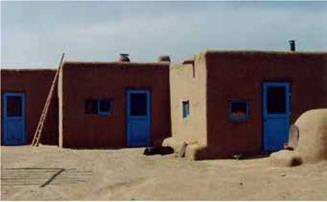 The perception of affordable housing as something below par is not solely the result of this skewed terminology. The structures produced under the banner are usually as elephantine as the more expensive option, but with shoddier materials and even worse design. Through the eyes of the housing industry, square footage pays; quality does not.
The perception of affordable housing as something below par is not solely the result of this skewed terminology. The structures produced under the banner are usually as elephantine as the more expensive option, but with shoddier materials and even worse design. Through the eyes of the housing industry, square footage pays; quality does not.
Square footage is really the cheapest thing that can be added onto a house. The electrical system, plumbing, heating, appliances and structural components of most any dwelling are similar in at least one key way. They are all expensive. This costly core is housed by the relatively cheap volume that surrounds it.
In light of all this, it might seem that you really can’t afford to buy anything less than the most house you can get your hands on. At first glance, it appears that the more you buy the more you save, but it’s the hidden costs that get people into trouble. After all, more house than you need comes with more debt in total, more utility bills, more maintenance than you need and more foreclosures and more bailouts than any of us needs ever again.
Houses in Langly, WA, Bodega, CA and Mendocino, CA (pages 29, 30 & 31, respectively) 32 Taos Pueblo (above) and a house on Highway 550 in New Mexico (right)
|
|






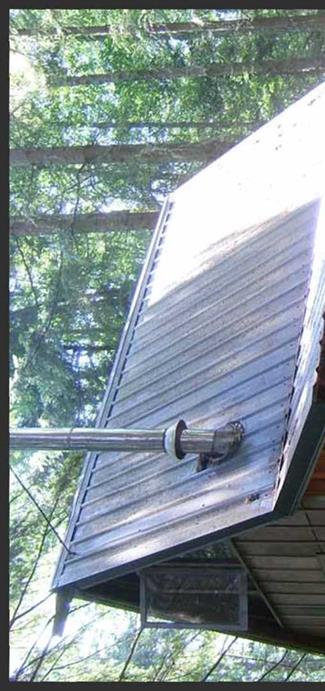
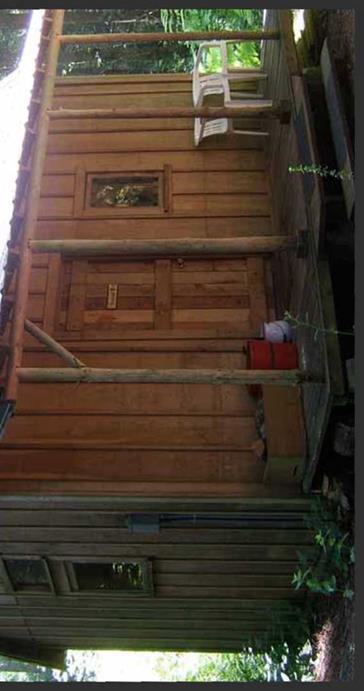
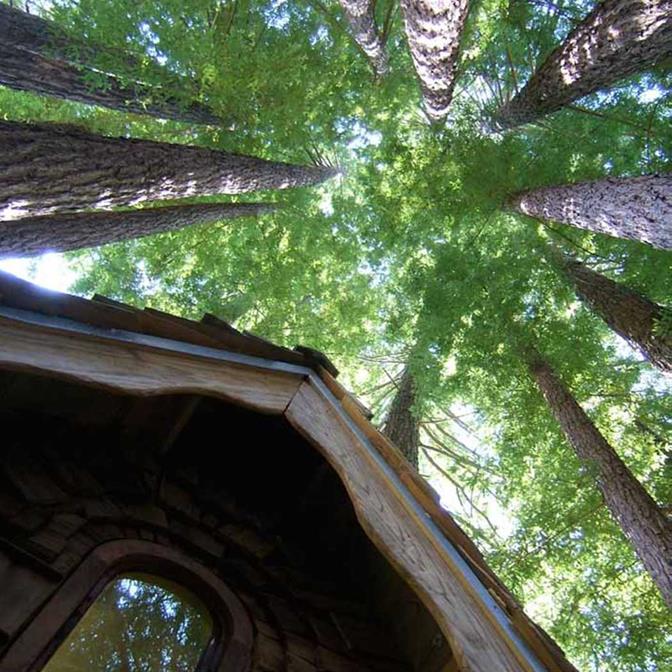
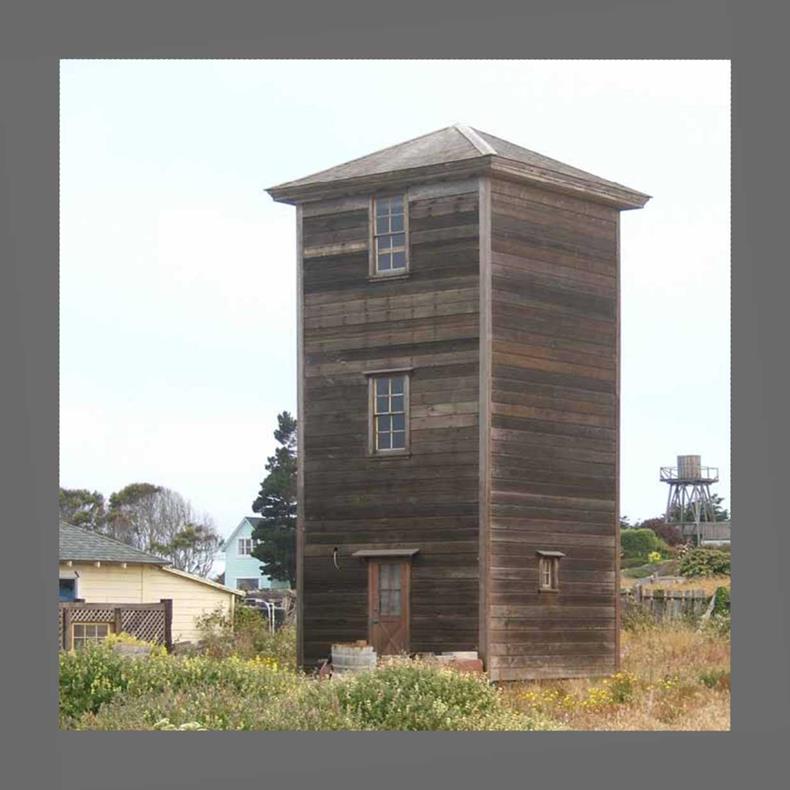
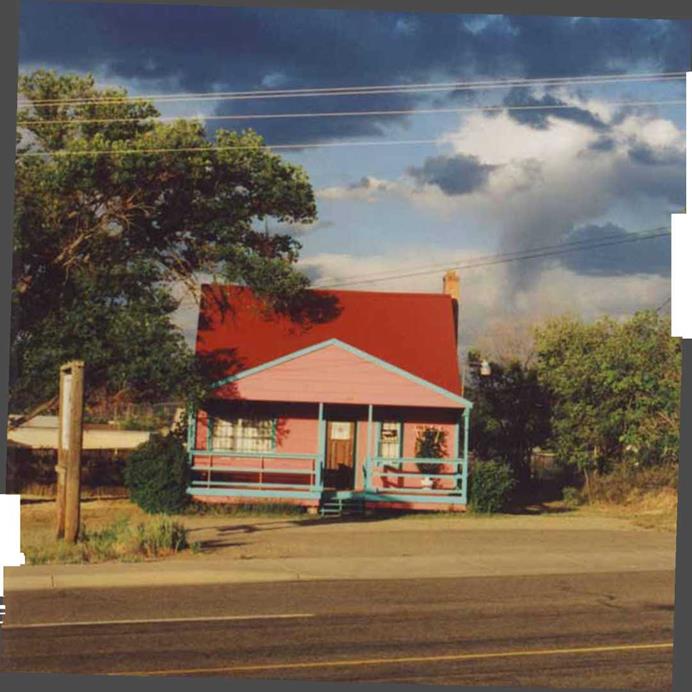
Leave a reply